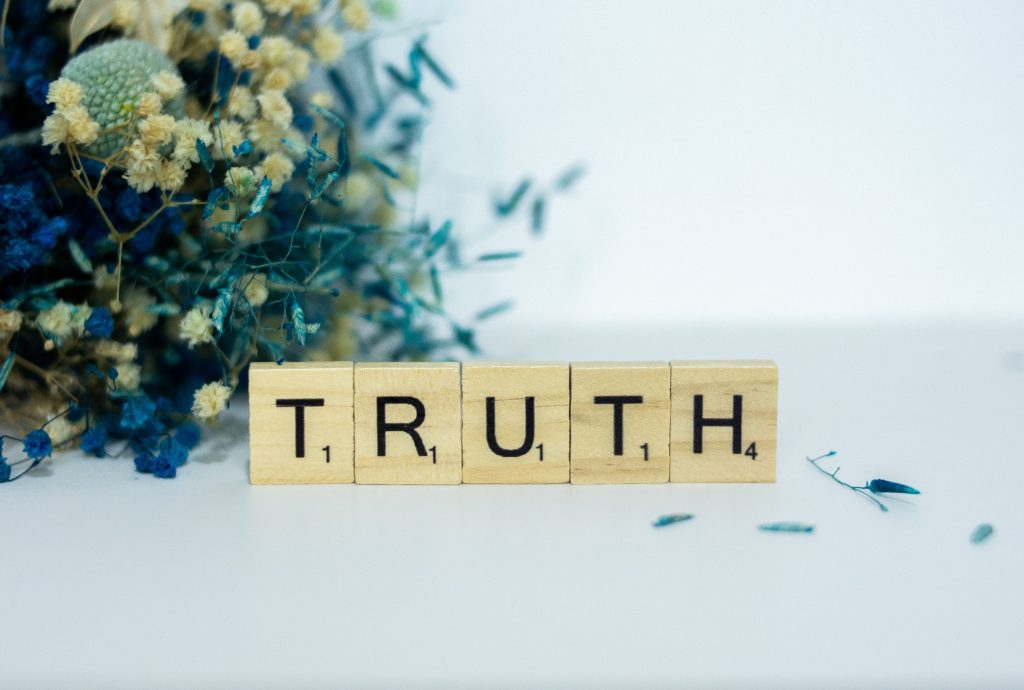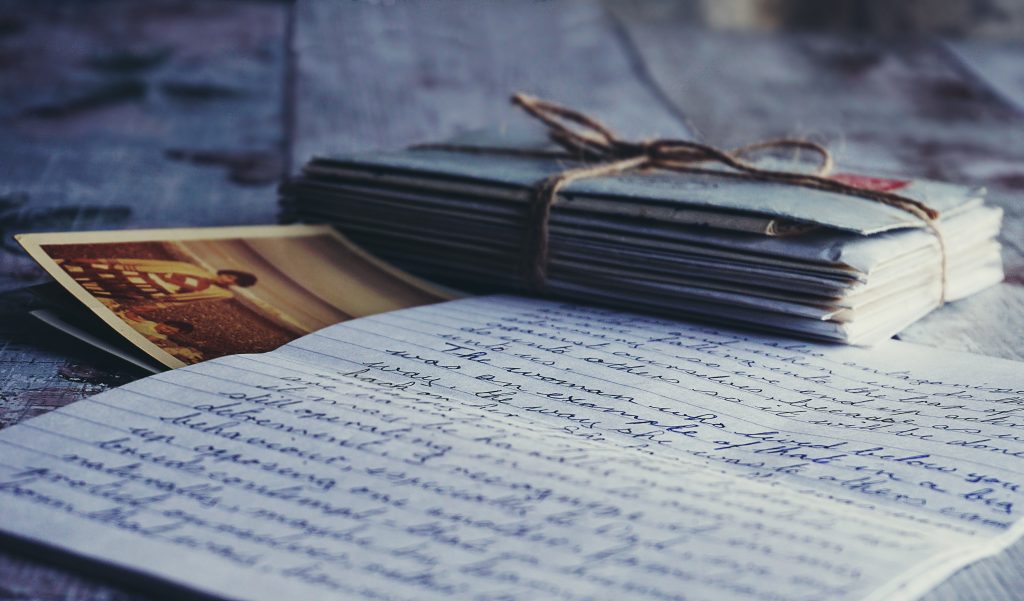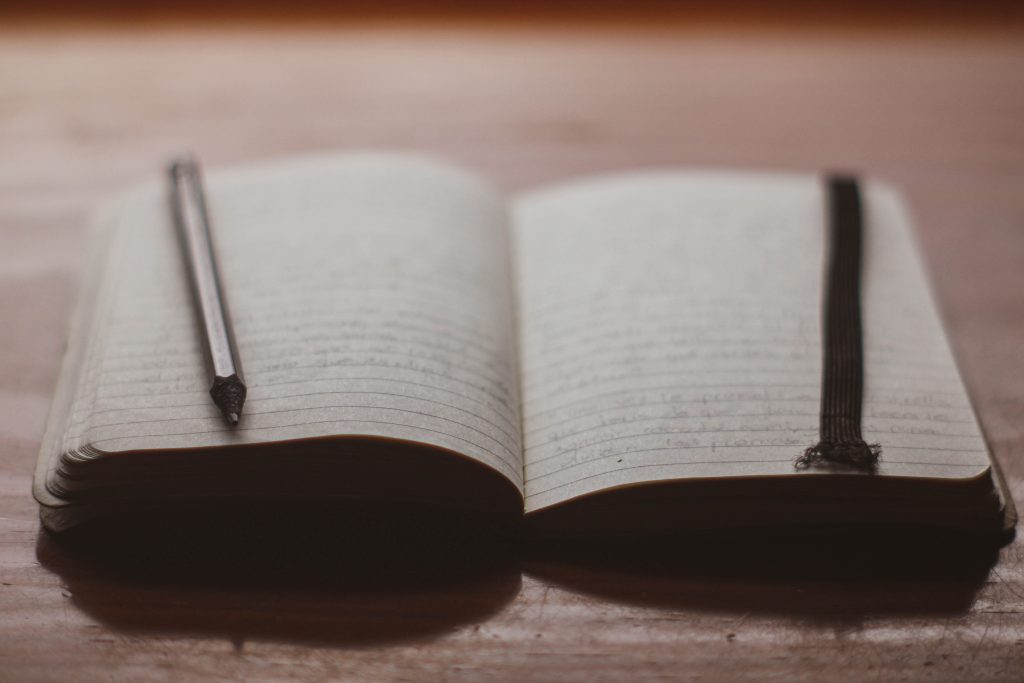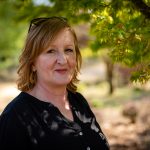This post is the first in a series on writing in the creative/narrative nonfiction genre and will outline exactly what it is.
Share this post in your favourite places!

Telling True Stories
When I did my creative writing MA a few years ago, I chose the creative nonfiction (CNF) route. Whenever I told anyone what I was studying, they would look puzzled then ask me how nonfiction could be creative.
If you’ve been wondering the same, this post is for you. I hope that by the time you’ve read to the end, you will feel confident in knowing what it is and perhaps even feeling tempted into writing some yourself.
Creative nonfiction (also known as narrative nonfiction and literary nonfiction) is loosely defined as the telling of true stories using literary techniques. The term has been around for the past fifty years although no-one really knows where it came from.

What types of work does creative nonfiction encompass?
CNF is an incredibly diverse genre. It is full of spectacular works created by hugely talented writers and it was this diversity that drew me in and made me want to study it.
Memoirs, biographies, autobiographies, nature writing, travel writing, history writing, science writing and essay collections are all termed CNF, and within these, there are many hybrid forms. But more of that in a minute.
Let’s start with the most well-known of the CNF genre; memoir, biography and autobiography, often grouped together under the umbrella term ‘life writing’.
Memoir: a collection of a writer’s memories, often based around a particular period or theme in their life.
Examples: Eat, Pray, Love by Elizabeth Gilbert and Joan Didion’s The Year of Magical Thinking.
Biography: the true story of someone’s life (so far) written by a third party.
Examples: Shackleton by Sir Ranulph Fiennes and Laura Hillenbrand’s Unbroken.
Autobiography: the true story of someone’s life (so far) written by that person.
Examples: Long Walk to Freedom by Nelson Mandela and David Attenborough’s A Life on Our Planet.

Other forms of creative nonfiction
Personal Essays: these aren’t the type of essays you wrote at school. Instead, they are the exploration of any chosen subject and are filled with the personal observations and explorations of the author.
Examples: I Remember Nothing and Other Reflections by Nora Ephron and James Baldwin’s Notes of a Native Son
Lyric Essays: these combine the information of a personal essay with the lyrical style of poetry. They are a hybrid form.
Examples: The Word Pretty by Elisa Gabbert and Maggie Nelson’s Bluets.
Gonzo (or New or Literary) Journalism: not the type of journalism we read every day in the newspapers or online, but one that features the journalist at the heart of the story, much like the protagonist in a novel.
Examples: Fear and Loathing in Las Vegas by Hunter S Thompson and Tom Wolfe’s The Electric Kool-Aid Acid Test.
As I mentioned above, there are also hybrid forms of CNF such as braided essays, hermit crab essays and graphic memoirs to name a few. And the genre is evolving all the time.
The overriding principle that binds these diverse works together is their focus on presenting the truth. As Lee Gutkind says in the title of his guide to writing creative nonfiction, You can’t Make This Stuff Up.
With this in mind, in my next post, I will explore the topic of Memoir writing in all it’s fabulous glory . If, in the meantime, you would like to read more about the CNF genre, why not have a look at the resources below.
Thanks for reading. If you have any questions or comments about future posts you would like to see, please leave a comment.
More Resources
Brevity : A Journal of Concise Literary Nonfiction

She is a member of the Chartered Institute of Editing and Proofreading.
Visit her business website at Tracey Chick , connect on Twitter at @WriterTjc, LinkedIn and Facebook
Share this post in your favourite places!